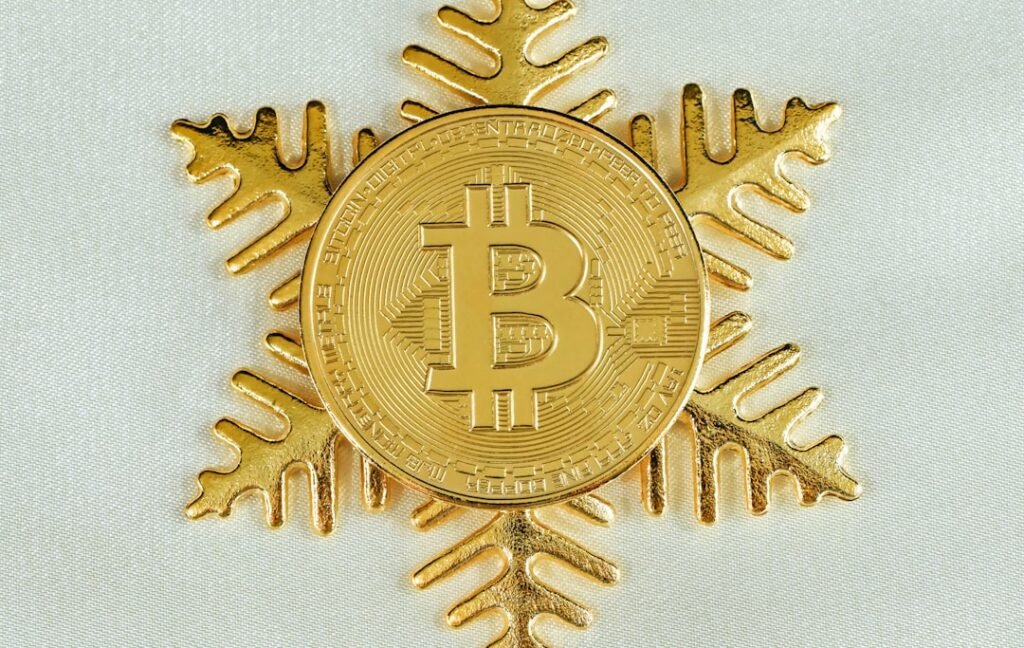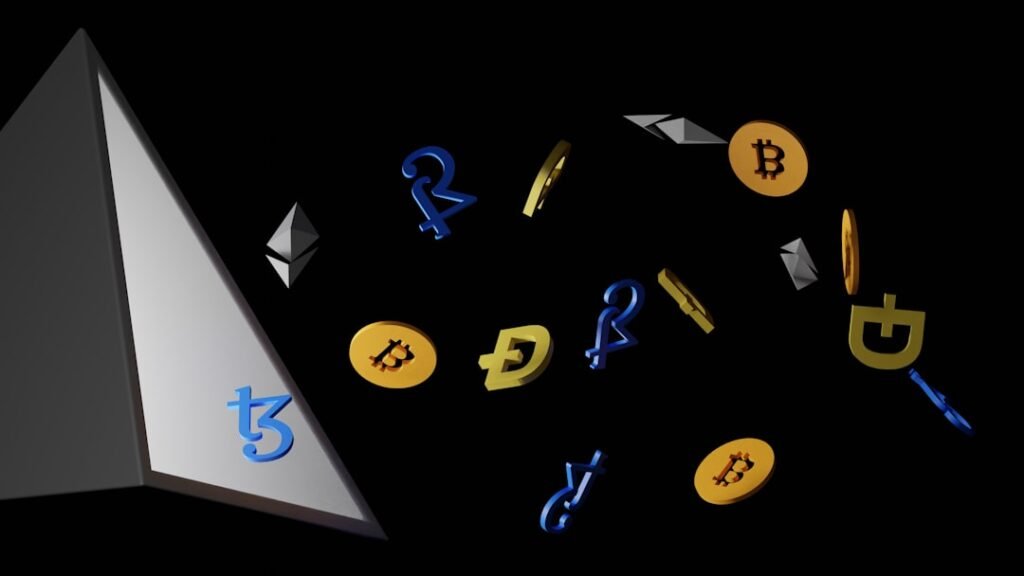The cryptocurrency market has witnessed an unexpected surge in stablecoin adoption, dubbed the ‘stablecoin super cycle’ by Paradigm founder Matt Huang. Circle, the first publicly traded stablecoin company, saw its stock price skyrocket from $31 to $298.99 within two weeks of its June 5 IPO, drawing significant attention to the sector.
Stablecoins, first introduced in 2014 by Tether with USDT, address cryptocurrency volatility by pegging value to fiat currencies like the USD. These digital assets have become fundamental to decentralized finance (DeFi), cross-border payments, and real-world asset (RWA) applications. According to DefiLlama, the global stablecoin market reached $252.9 billion by June 25, 2025, with USDT and USDC dominating 85% of the market share. Blockchain transactions involving stablecoins hit $20.2 trillion, approaching 40% of Visa’s payment volume.
Major corporations worldwide are rapidly entering the stablecoin space. In the U.S., PayPal expanded its PYUSD stablecoin to the Stellar network for cross-border remittances, while retail giants Walmart and Amazon explore proprietary dollar-backed stablecoins to reduce payment costs. Shopify partnered with Coinbase and Stripe to enable USDC payments across 34 countries. Asian markets show similar momentum, with Ant Group and JD.com applying for Hong Kong stablecoin licenses to facilitate compliant digital transactions.
The stablecoin revolution stems from their efficiency advantages over traditional finance. They enable near-instant, low-cost cross-border transfers without intermediaries—a stark contrast to conventional banking systems plagued by delays, high fees, and account restrictions. This technological edge positions stablecoins as critical infrastructure for the digital economy.
Geopolitical factors further drive adoption. U.S. Treasury Secretary emphasized dollar-pegged stablecoins’ role in maintaining dollar dominance, while China pursues digital yuan initiatives alongside Hong Kong’s stablecoin regulatory framework effective August 1, 2025. These developments reflect broader competition over financial sovereignty and payment system standards.
Regulatory clarity has accelerated in both markets. The U.S. passed the GENIUS Act in June 2025, establishing federal oversight for dollar-backed stablecoins, while Hong Kong implemented comprehensive stablecoin legislation. Major financial institutions like Visa and JPMorgan are adapting strategies—Visa joined the Global Dollar Network alliance, while JPMorgan introduced a deposit token on Coinbase’s Base network.
Industry experts anticipate stablecoins will transform global payments but caution about implementation risks. Proper governance structures, compliance budgets, and transparent reserve management remain critical for sustainable adoption. While unlikely to fully replace traditional systems, stablecoins are poised to become a parallel financial infrastructure, particularly for cross-border transactions and emerging market use cases.











